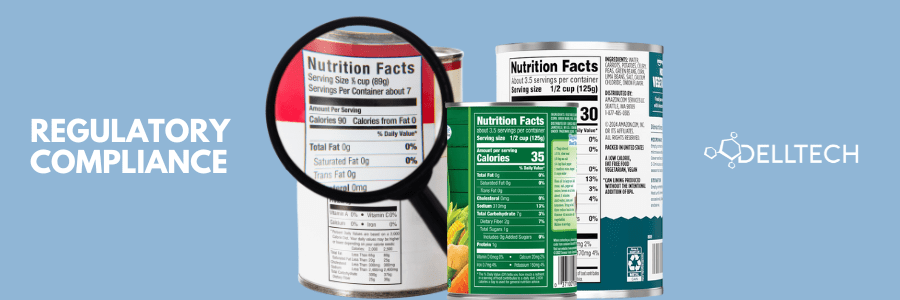By: Joanna Chudyk, Regulatory Affairs Specialist, email
On November 24, 2022, Health Canada published an update to the Nutrition Labelling – Table of Reference Amounts for Food. Reference Amounts are meant to be representative of the amount of food that is typically eaten in one sitting and are used as the serving size indicated in the Nutrition Facts Table. Industry has until January 1, 2026, to comply with the implemented changes.
The updates include modifications to the reference amounts for conventional yogurts, drinkable yogurts, and refried beans; 16 new food product categories including cheese fondue, mousse, edible insects, and roasted seaweed; and more examples of food products and serving size instructions for select items. These changes may also impact the new front-of-package nutrition symbols requirements and claim eligibility as the conditions are based on the % Daily Value and serving size.
If you need assistance in determining how these changes will impact your product, contact us today for a quote. Dell Tech is now offering Food Regulatory Services that include Nutrition Facts Table preparation, label reviews, and formula reviews for conventional, novel and supplemented foods.
Contact:
Dell Tech
Joanna Chudyk, M. Sc.
Regulatory Affairs Specialist
joanna@delltech.com
Dell Tech has provided professional, confidential consulting services to the chemical specialty
industry in Canada, the USA, Europe, and Asia for the last 40 years.
Contact us today for more information.





